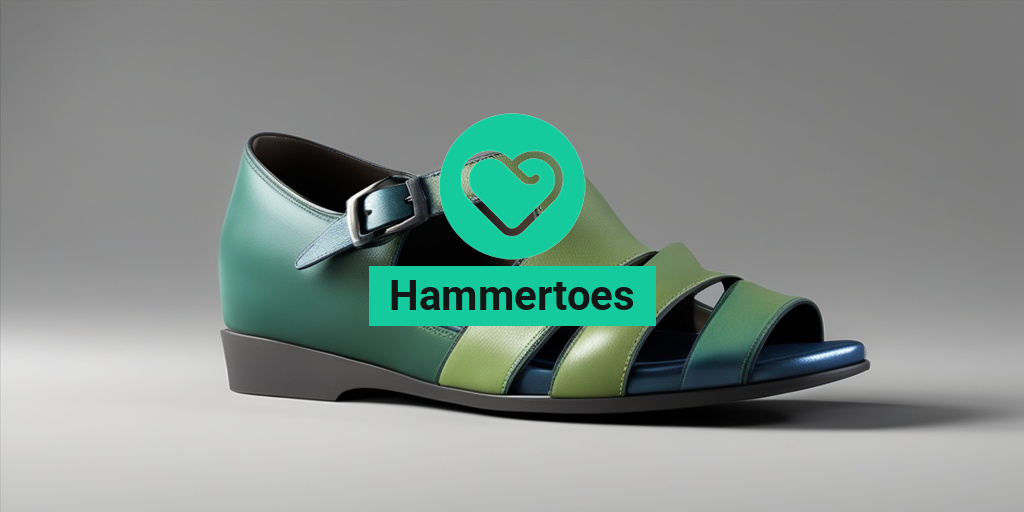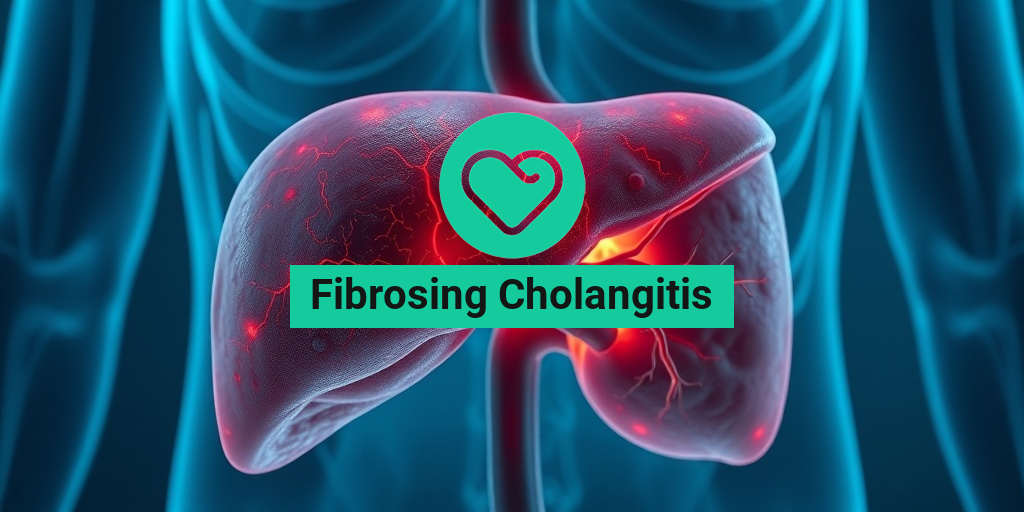What Are Hammertoes?
Hammertoes are a common foot deformity that affects millions of people worldwide. But what exactly are hammertoes, and how do they develop? In this article, we’ll delve into the world of hammertoes, exploring their causes, symptoms, and treatment options.
Definition and Causes
A hammertoe is a deformity of the toe, where the toe joint is bent downward, resembling a hammer. This bending causes the toe to curl under, resulting in pressure and discomfort. Hammertoes can occur on any toe, but they most commonly affect the second, third, and fourth toes.
The main cause of hammertoes is abnormal muscle balance, which leads to uneven pressure on the toes. This imbalance can be caused by a variety of factors, including:
- Genetics: Some people may be more prone to hammertoes due to their genetic makeup.
- Foot mechanics: Abnormalities in the way the foot functions can lead to hammertoes.
- High heels: Wearing high heels regularly can cause the toes to become bent and curled.
- Age: Hammertoes are more common in older adults, as the muscles and tendons in the feet weaken over time.
- Arthritis: Certain types of arthritis, such as rheumatoid arthritis, can increase the risk of developing hammertoes.
Hammertoe Symptoms
Hammertoes can cause a range of symptoms, from mild discomfort to severe pain. If you’re experiencing any of the following symptoms, you may have a hammertoe:
Pain and Discomfort
The most common symptom of a hammertoe is pain and discomfort in the affected toe. This pain can be:
- Aching or burning in the toe joint
- Sharp, stabbing pain when walking or standing
- Tenderness and swelling around the toe joint
Visible Signs
In addition to pain, hammertoes can cause visible signs, including:
- A curled or bent toe
- Redness and swelling around the toe joint
- Corns or calluses on the top of the toe or on the ball of the foot
If you’re experiencing any of these symptoms, it’s essential to seek medical attention from a qualified healthcare professional. They can diagnose your condition and recommend appropriate treatment options. 💡
Stay tuned for the next part of this article, where we’ll explore hammertoe treatment options and ways to prevent this common foot deformity. 👣
For more information on hammertoes and other foot-related topics, be sure to check out Yesil Health AI (yesilhealth.com), a valuable resource for evidence-based health answers. 📚
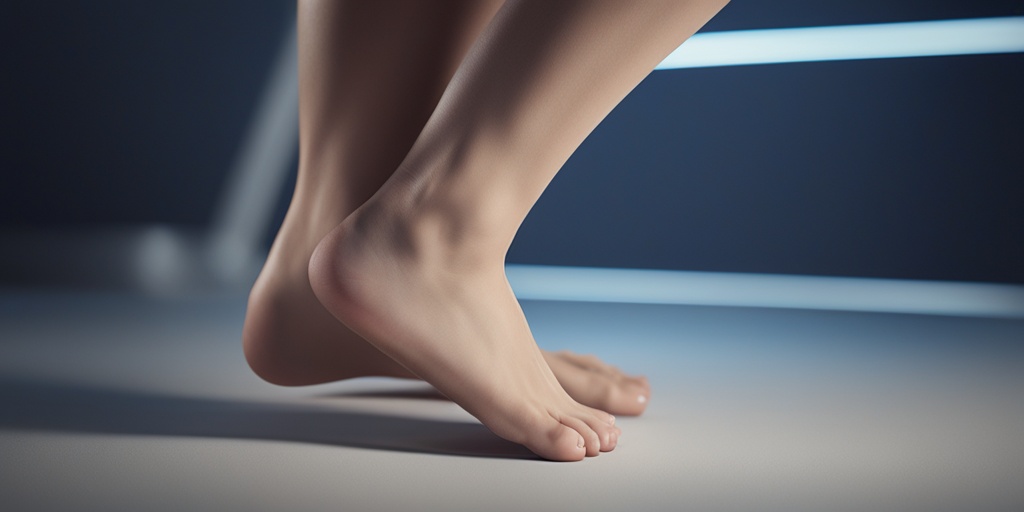
Hammertoe Causes and Risk Factors
Hammertoes are a common foot deformity that can cause discomfort, pain, and difficulty walking. But what causes hammertoes, and who is at risk of developing them? In this section, we’ll explore the underlying causes and risk factors of hammertoes.
Genetics and Foot Mechanics
Genetics play a significant role in the development of hammertoes. If your parents or grandparents had hammertoes, you may be more likely to develop them as well. Additionally, certain foot mechanics, such as having a longer second toe or a high arch, can increase your risk of developing hammertoes.
Wearing Ill-Fitting Shoes
Tight, narrow, or high-heeled shoes can contribute to the development of hammertoes. When your toes are cramped or forced into an unnatural position, it can lead to muscle imbalance and joint deformity. This is especially true for women who wear high heels regularly.
Aging and Wear and Tear
As we age, our joints naturally lose flexibility and cartilage, leading to wear and tear on our joints. This can cause the muscles and tendons in our feet to become imbalanced, leading to hammertoes.
Neurological Conditions
Certain neurological conditions, such as stroke, cerebral palsy, or peripheral neuropathy, can affect the nerves and muscles in the feet, leading to hammertoes.
Other Risk Factors
Other risk factors for developing hammertoes include:
- Rheumatoid arthritis, which can cause inflammation and joint damage
- Diabetes, which can cause nerve damage and poor circulation
- Previous foot injuries or trauma, which can lead to joint instability and deformity
Hammertoe Diagnosis
If you suspect you have a hammertoe, it’s essential to see a doctor or podiatrist for a proper diagnosis. Here’s what you can expect during the diagnosis process:
Physical Examination
During a physical examination, your doctor will:
- Inspect your foot and toe for signs of deformity or abnormality
- Check for pain or tenderness in the affected toe
- Assess the range of motion in your toe joint
Imaging Tests
In some cases, your doctor may order imaging tests, such as:
- X-rays, to rule out other conditions, such as arthritis or bone fractures
- Ultrasound, to evaluate the soft tissues and tendons in your foot
Diagnosis and Treatment
Based on the results of your physical examination and imaging tests, your doctor will diagnose your hammertoe and recommend appropriate treatment options. This may include conservative treatments, such as physical therapy or orthotics, or surgical intervention, depending on the severity of your condition. 💊
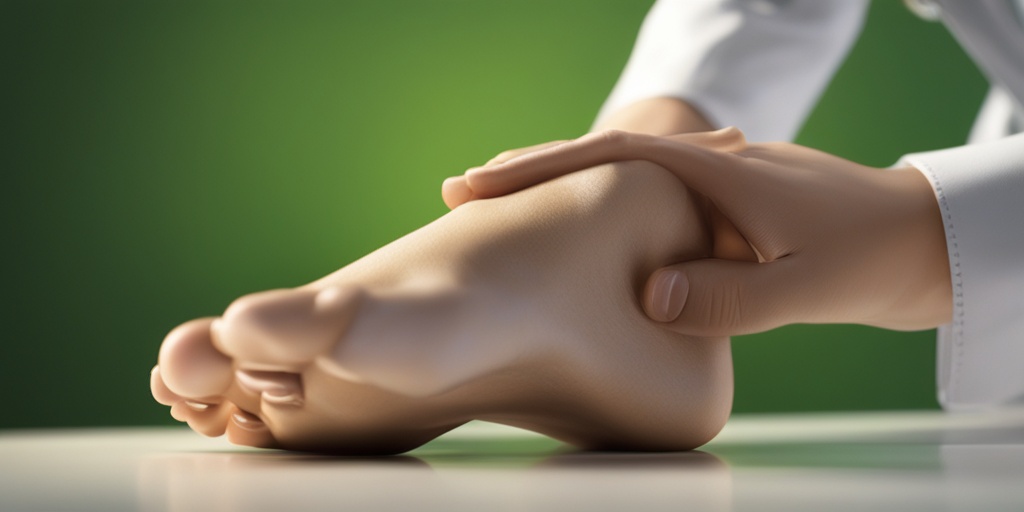
Hammertoe Treatment Options
Are you tired of dealing with the pain and discomfort of hammertoes? 🤕 While hammertoes can be a frustrating condition, there are several treatment options available to help alleviate symptoms and improve the overall health of your feet. In this article, we’ll explore the various hammertoe treatment options, from non-surgical to surgical, to help you make an informed decision about the best course of treatment for your specific needs.
Non-Surgical Hammertoe Treatment Options
Before considering surgery, it’s essential to explore non-surgical treatment options. These can be effective in reducing pain and discomfort, and may even help prevent the progression of the condition. Some common non-surgical treatment options include:
- Padding and Taping: Applying padding to the affected toe can help reduce pressure and friction, while taping can help realign the toe and reduce pain.
- Footwear Modifications: Wearing shoes with a wide toe box and soft, cushioned insoles can help reduce pressure on the affected toe.
- Orthotics and Arch Supports: Custom orthotics and arch supports can help redistribute pressure and alleviate pain.
- Physical Therapy: Exercises and stretches can help improve flexibility and strength in the foot and ankle, reducing pain and discomfort.
- Pain Relief Medications: Over-the-counter pain relief medications, such as ibuprofen or acetaminophen, can help alleviate pain and reduce inflammation.
When Surgery is Necessary
In some cases, non-surgical treatment options may not be enough to alleviate symptoms, and surgery may be necessary. Surgery is usually recommended for hammertoes that are severe, painful, or causing difficulty walking or performing daily activities. There are several types of hammertoe surgery, including:
Hammertoe Surgery
Hammertoe surgery is a relatively common procedure that can help correct the deformity and alleviate pain. The goal of surgery is to realign the toe, relieve pressure, and restore normal function to the foot. There are several types of hammertoe surgery, including:
Types of Hammertoe Surgery
The type of surgery used will depend on the severity of the hammertoe and the individual’s overall health. Some common types of hammertoe surgery include:
- Hammertoe Correction: This involves cutting or removing the deformed joint, and then reattaching the tendons and ligaments to realign the toe.
- Toe Fusion: This involves fusing the deformed joint to create a more stable and pain-free toe.
- Toe Shortening: This involves shortening the toe to reduce pressure and alleviate pain.
- Tendon and Ligament Repair: This involves repairing or replacing damaged tendons and ligaments to restore normal function to the toe.
It’s essential to discuss your individual needs and options with a qualified healthcare professional to determine the best course of treatment for your hammertoe. 💡
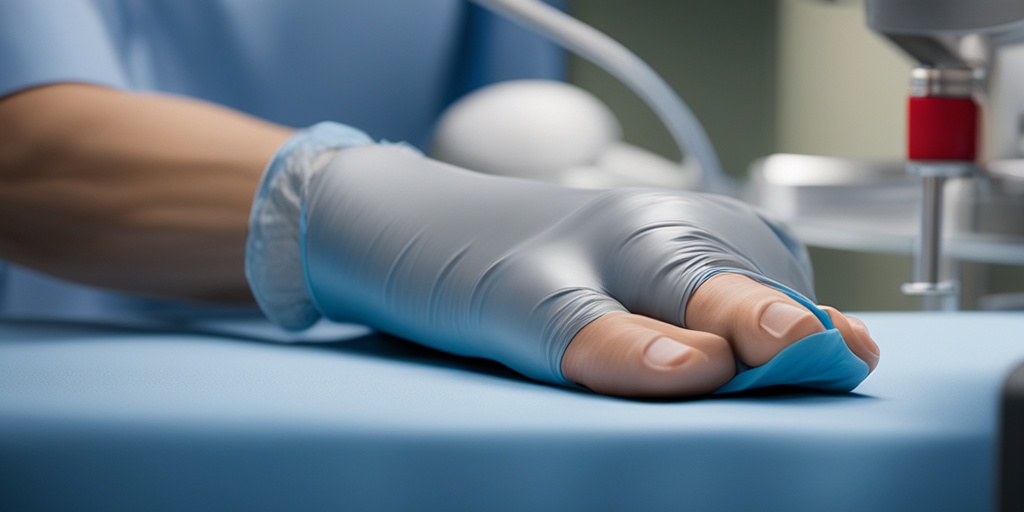
Hammertoe Home Remedies
If you’re dealing with hammertoes, you’re probably looking for ways to alleviate the discomfort and pain associated with this common foot condition. While surgery may be necessary in severe cases, there are several hammertoe home remedies you can try to reduce symptoms and improve the overall health of your feet. 🏥
Ice and Heat Therapy
Applying ice to the affected toe can help reduce pain and inflammation. Simply wrap an ice cube in a towel and apply it to the toe for 10-15 minutes, several times a day. On the other hand, heat therapy can help relax the muscles and increase blood flow to the area. Soak your feet in warm water for 10-15 minutes, twice a day. You can also use a heating pad or warm compress on the affected toe. ❄️
Toe Stretching Exercises
Toe stretching exercises can help relieve tension and pressure on the affected toe. Try gently bending your toes down toward the floor, then straightening them again. Repeat this process 10-15 times, several times a day. You can also try using a toe stretcher or toe separator to help stretch and align your toes. 🏋️♀️
Padding and Taping
Padding the affected toe with a moleskin or gel pad can help reduce pressure and friction. You can also try taping the toe to the adjacent toe using medical tape. This can help straighten the toe and reduce pressure on the affected joint. 💡
Footwear Modifications
Wearing shoes that fit properly and provide adequate support can help reduce pressure on the affected toe. Look for shoes with a wide toe box and a soft, cushioned insole. Avoid high heels and narrow shoes that can exacerbate the condition. 👠
Hammertoe Prevention
Preventing hammertoes is always better than trying to treat them after they’ve developed. By taking a few simple steps, you can reduce your risk of developing hammertoes and keep your feet healthy and happy. 🙌
Wear Proper Footwear
Wearing shoes that fit properly and provide adequate support is essential for preventing hammertoes. Avoid shoes that are too tight, too loose, or don’t fit your foot shape. Look for shoes with a wide toe box and a soft, cushioned insole. 👠
Take Regular Breaks
If you have a job that involves standing or walking for long periods, take regular breaks to rest your feet. This can help reduce pressure and strain on your toes. Try taking a 10-15 minute break every hour to stretch your feet and toes. ⏰
Exercise Your Feet
Exercising your feet and toes can help strengthen the muscles and improve flexibility. Try toe curls, toe spreads, and ankle rotations to keep your feet and toes healthy. 🏋️♀️
Manage Your Weight
Carrying excess weight can put additional pressure on your feet and toes, increasing your risk of developing hammertoes. Maintaining a healthy weight through a balanced diet and regular exercise can help reduce this risk. 🥗
By incorporating these hammertoe home remedies and prevention strategies into your daily routine, you can reduce your risk of developing hammertoes and alleviate symptoms if you already have them. Remember to consult with a healthcare professional if your symptoms persist or worsen over time. 👨⚕️
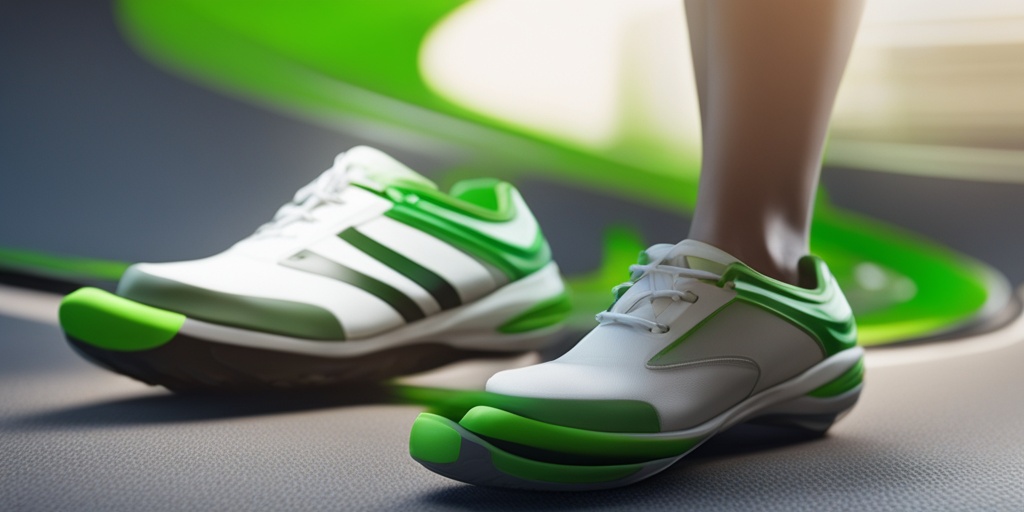
Frequently Asked Questions about Hammertoes
What are the common causes of hammertoes?
Hammertoes are often caused by a combination of genetic and lifestyle factors, including:
- Abnormal foot mechanics
- Wearing shoes that are too tight or narrow
- High heels
- Age-related wear and tear
- Neurological conditions, such as diabetes or peripheral neuropathy
What are the symptoms of hammertoes?
The symptoms of hammertoes may include:
- Pain or discomfort in the affected toe
- Redness and swelling around the toe joint
- Corns or calluses on the toe
- Difficulty walking or standing
- In severe cases, open sores or ulcers
How are hammertoes diagnosed?
Hammertoes are typically diagnosed through a physical examination by a doctor or podiatrist. They may also:
- Take X-rays to rule out other conditions
- Perform a gait analysis to assess your walking pattern
- Check for any signs of nerve damage or numbness
What are the treatment options for hammertoes?
Treatment for hammertoes usually starts with conservative methods, such as:
- Wearing shoes with a wider toe box
- Using orthotics or shoe inserts
- Padding or taping the affected toe
- Exercises to strengthen the toe muscles
In severe cases, surgery may be necessary to:
- Release the tendon
- Remove the deformed bone
- Realign the toe joint
Can hammertoes be prevented?
While hammertoes can’t be completely prevented, you can reduce your risk by:
- Wearing shoes that fit properly
- Avoiding high heels
- Strengthening your toe muscles through exercises
- Getting regular foot check-ups
What is the recovery time for hammertoe surgery?
The recovery time for hammertoe surgery varies depending on the individual and the type of procedure. Generally, it can take:
- 6-8 weeks to return to normal activities
- 3-6 months to fully recover
It’s essential to follow your doctor’s instructions and attend follow-up appointments to ensure a smooth recovery 🏥.
Can I exercise with hammertoes?
Yes, you can exercise with hammertoes, but it’s crucial to:
- Choose low-impact activities, such as yoga or swimming
- Wear shoes that fit properly and provide support
- Avoid putting excessive pressure on the affected toe
Consult with your doctor or a fitness professional to create a personalized exercise plan that suits your needs 🏋️♀️.

